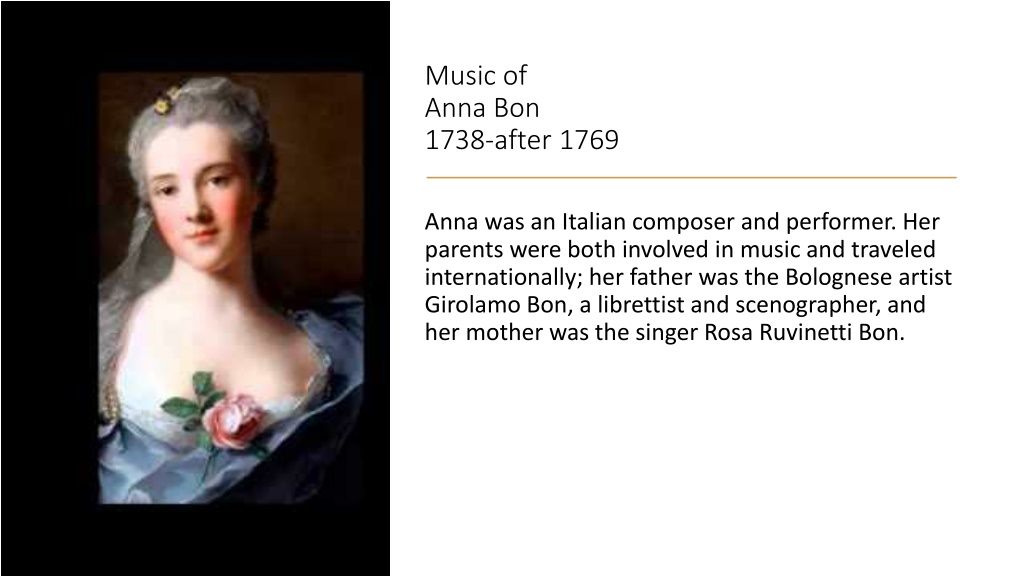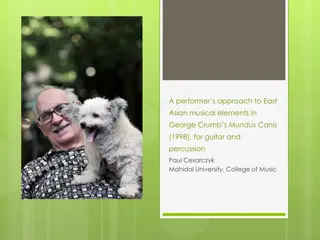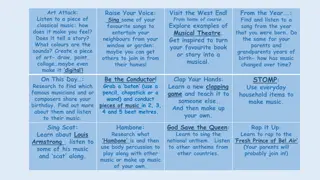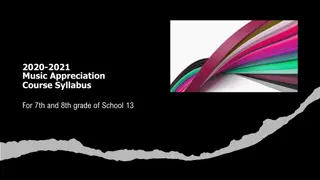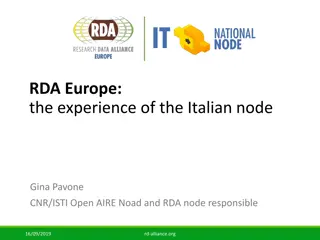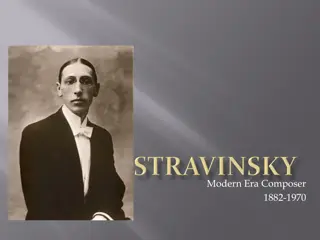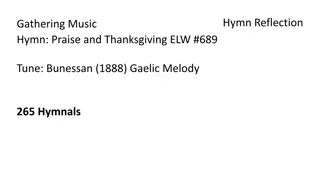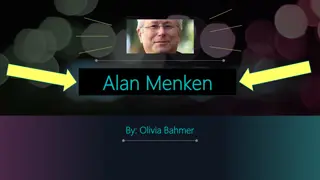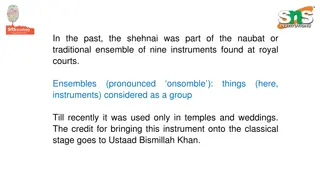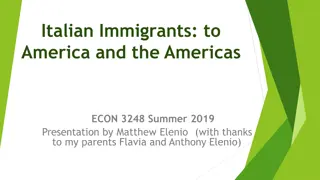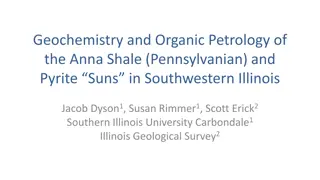The Musical Journey of Anna Bon, an Italian Composer and Performer
Anna Bon, born in 1738, was a talented Italian composer and performer who traveled internationally with her musical family. Baptized in Bologna, she studied music in Venice and later held positions at various courts, dedicating her compositions to royal figures. Her life details post-1767 remain unknown, leaving behind a legacy of beautiful music compositions.
Download Presentation

Please find below an Image/Link to download the presentation.
The content on the website is provided AS IS for your information and personal use only. It may not be sold, licensed, or shared on other websites without obtaining consent from the author. Download presentation by click this link. If you encounter any issues during the download, it is possible that the publisher has removed the file from their server.
E N D
Presentation Transcript
Music of Anna Bon 1738-after 1769 Anna was an Italian composer and performer. Her parents were both involved in music and traveled internationally; her father was the Bolognese artist Girolamo Bon, a librettist and scenographer, and her mother was the singer Rosa Ruvinetti Bon.
Gathering Music Sonata in C Anna was baptized on 11 August 1738 in Bologna as "Anna Ioanna Lucia, filia Hieronymus Boni et Rosa Ruinetti", some time after her parents had come back from a tour that included performances at Anna of Russia's court in St Petersburg.
Prelude Minuetto in B flat On March 8, 1743, at the age of four, she was admitted to the Ospedale della Piet in Venice as a student; that she had a surname indicates that she was not a foundling as were most of the Pi ta wards, but a tuition-paying pupil (figlia de spesi). She studied with the maestra di viola, Candida della Pi ta (who herself had been admitted into the coro in 1707).
Offertory Andante in B flat By 1756, Anna rejoined her parents in Bayreuth where they were in the service of Margrave Friedrich of Brandenburg Kulmbach; she held the new post of 'chamber music virtuosa' at the court, and dedicated her six op. 1 flute sonatas, published in N rnberg in 1756, to Friedrich. From the frontispiece we learn that she composed them at the age of sixteen.
Postlude and Sending Allegro in D Major In 1762 the family moved to the Esterh zy court at Eisenstadt, where Anna remained until at least 1765. She dedicated the published set of six harpsichord sonatas, op. 2 (1757), to Ernestina Augusta Sophia, Princess of Saxe-Weimar, and the set of six divertimenti (trio sonatas), op. 3 (1759), to Charles Theodore, Elector of Bavaria. In 1767, Anna lived in Hildburghausen, Thuringia, with her husband, a singer named Mongeri. Remaining details of her story are lost to history.
